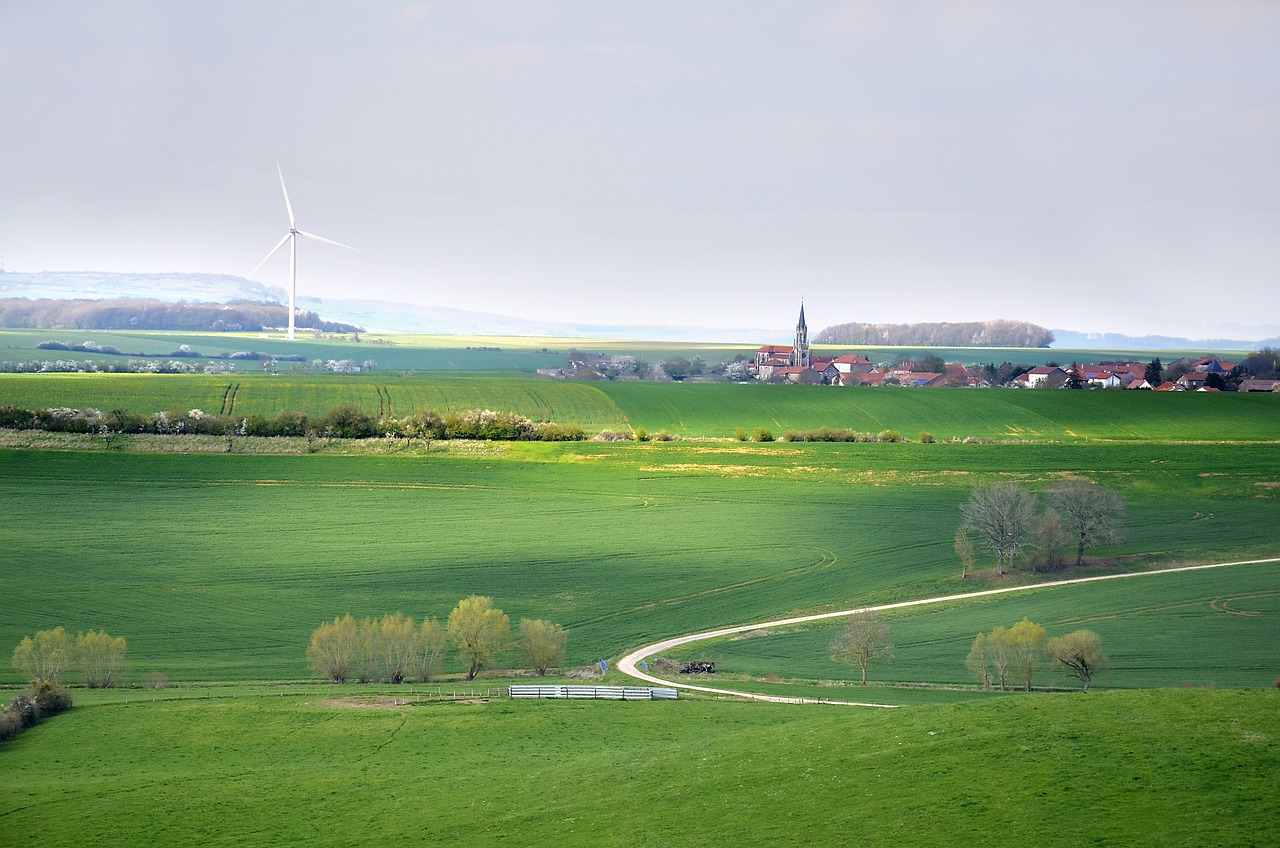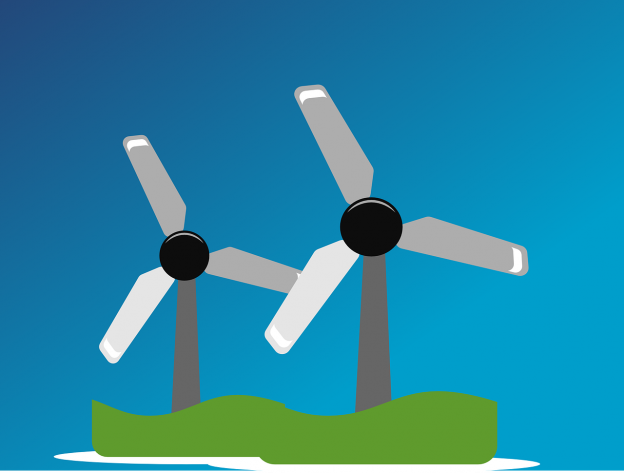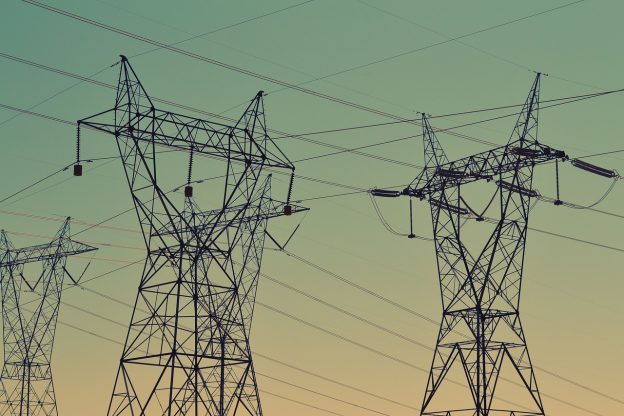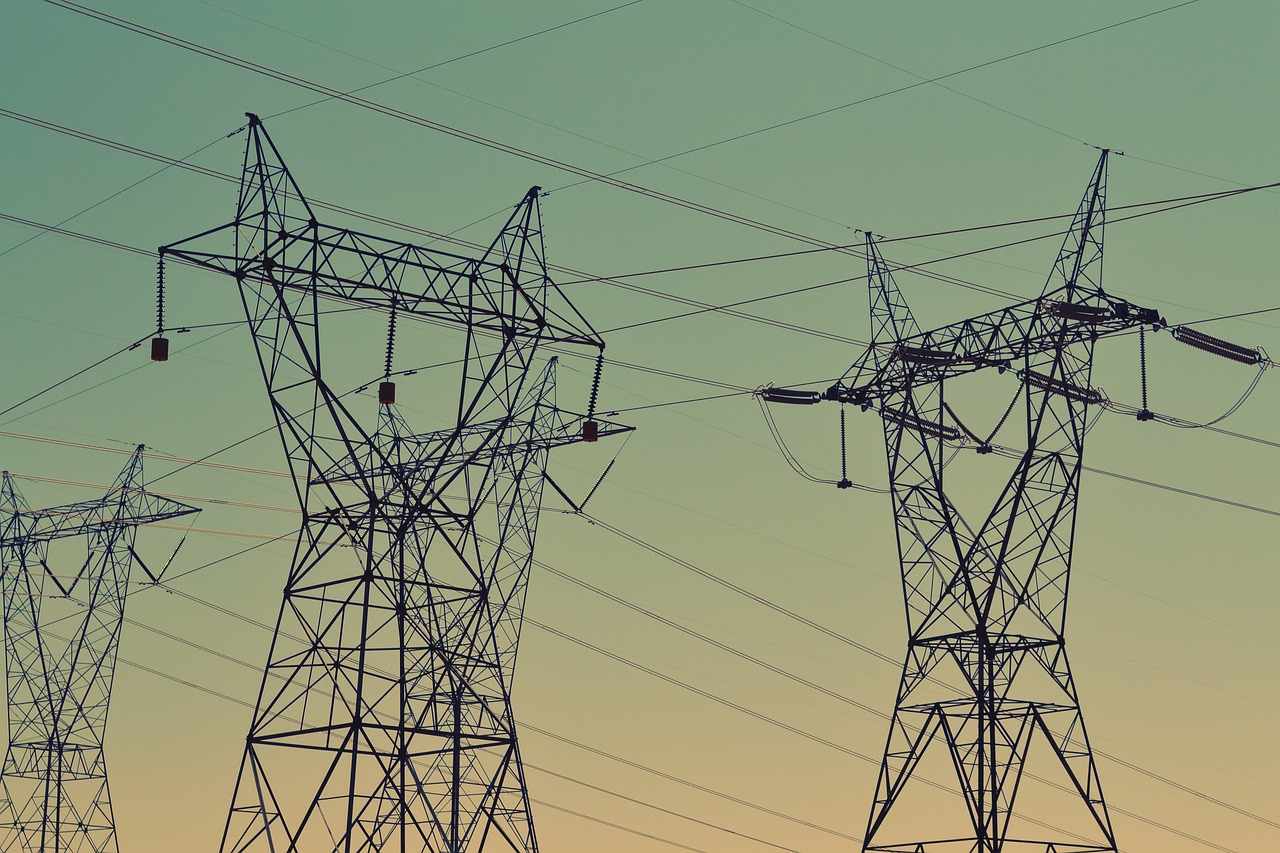In today’s rapidly evolving world, businesses are increasingly prioritizing sustainability and environmental responsibility. As the global focus on green initiatives continues to grow, the concept of green office buildings has gained significant attention. Green office buildings refer to commercial structures that are designed and built using sustainable materials and energy-efficient systems. These buildings not only contribute to a healthier environment but also provide numerous benefits to businesses, such as reduced operating costs, improved employee productivity, and enhanced corporate image. This article will explore the key features and advantages of green office buildings, debunk common misconceptions, and provide insightful answers to frequently asked questions to help businesses make informed decisions about incorporating sustainability into their workplace.

Benefits of Green Office Buildings
Green office buildings offer numerous benefits, both for the environment and for businesses. One of the key advantages is improved energy efficiency. By implementing energy-saving measures such as advanced insulation, efficient windows, and energy-efficient appliances, green office buildings are able to significantly reduce the amount of energy required to operate. This not only helps to minimize the impact on the environment but also results in substantial cost savings for businesses.
Another significant benefit of green office buildings is reduced operating costs. By using energy-efficient technologies and implementing sustainable practices, businesses can lower their utility bills and save money in the long run. This is particularly important for companies looking to streamline their expenses and improve their bottom line.
In addition to energy efficiency and cost savings, green office buildings also enhance indoor air quality. Traditional buildings often suffer from poor air quality due to the accumulation of pollutants and lack of proper ventilation. Green buildings, on the other hand, employ advanced ventilation systems and use low-toxic materials, leading to a healthier and more comfortable working environment for employees.
Design Features of Green Office Buildings
Green office buildings incorporate specific design features that contribute to their sustainability and energy efficiency. One of these features is energy-efficient lighting. By utilizing LED lights and incorporating daylighting strategies, such as strategically placed windows and skylights, green office buildings are able to minimize energy consumption while providing sufficient light for optimal working conditions.
Optimized HVAC systems are another design feature commonly found in green office buildings. These systems are designed to provide effective heating, ventilation, and air conditioning, while also minimizing energy usage. With the use of advanced controls and sensors, the HVAC systems in green buildings can adjust the temperature and airflow based on occupancy and outdoor conditions, leading to improved comfort and energy efficiency.
Smart automation systems play a crucial role in the design of green office buildings. These systems include technologies such as occupancy sensors, smart thermostats, and automated controls for lighting and ventilation. By employing these technologies, green buildings can optimize energy usage by automatically adjusting settings based on occupancy and environmental conditions.
Sustainable Materials and Construction
Green office buildings prioritize the use of sustainable materials and construction practices. One important aspect is the use of recycled materials. Instead of relying solely on new resources, green buildings incorporate materials made from recycled content, such as recycled steel, reclaimed wood, and recycled glass. This helps to reduce waste and conserve natural resources.
Low-impact construction methods are also a key component of green office buildings. These methods aim to minimize the environmental impact during the construction phase. For example, green buildings may utilize modular construction, which involves assembling pre-fabricated components off-site and minimizing construction waste. Additionally, effective waste management strategies, such as recycling and composting, are implemented to further reduce the environmental footprint.
LEED (Leadership in Energy and Environmental Design) certification is a widely recognized standard for green buildings. Green office buildings that achieve LEED certification have met strict criteria in categories such as energy efficiency, water conservation, indoor environmental quality, and materials selection. This certification provides reassurance to businesses and stakeholders that the building has been designed and constructed with sustainability in mind.
Water Conservation in Green Office Buildings
Water conservation is an important aspect of green office buildings. By implementing various strategies, these buildings are able to minimize water usage and promote responsible water management. One of the key strategies is the use of efficient plumbing fixtures. These fixtures, such as low-flow toilets and faucets, reduce water consumption without compromising performance.
Rainwater harvesting systems are another feature found in green office buildings. These systems collect rainwater from roofs and other surfaces, which is then reused for non-potable purposes such as irrigation and toilet flushing. By incorporating rainwater harvesting, green buildings can reduce their reliance on municipal water sources and contribute to water conservation efforts.
Drought-resistant landscaping is a common practice in green office buildings, particularly in regions with water scarcity. These landscapes are designed to thrive with minimal water requirements, using native plants and water-efficient irrigation systems. By selecting appropriate plant species and adopting water-wise landscaping practices, green buildings can minimize water usage for outdoor areas.

Renewable Energy Sources for Green Office Buildings
Green office buildings utilize renewable energy sources to meet their power needs and reduce reliance on fossil fuels. Solar power systems are a popular choice, harnessing energy from the sun through photovoltaic panels. These panels convert sunlight into electricity, which can be used to power the building’s operations. Solar power systems not only reduce greenhouse gas emissions but also provide a long-term, sustainable source of energy.
Wind energy generation is another renewable energy option for green office buildings. Installing wind turbines on-site or in the vicinity allows businesses to harness the power of the wind and generate electricity. Like solar power, wind energy reduces reliance on traditional grid electricity and helps to combat climate change.
Geothermal heating and cooling systems are also employed in green office buildings. These systems utilize the constant temperature of the earth to provide efficient heating and cooling for the building. By capitalizing on the earth’s natural heat, geothermal systems reduce energy consumption and provide a renewable source for maintaining comfortable indoor temperatures.
The Role of Technology in Green Office Buildings
Technology plays a crucial role in the design and operation of green office buildings. One key aspect is the use of smart energy management systems. These systems enable buildings to monitor and optimize energy usage in real-time, ensuring that energy is allocated efficiently and wastage is minimized. By providing insights into energy consumption patterns, businesses can make informed decisions to further improve energy efficiency.
Automated lighting controls are another technology employed in green office buildings. These systems use sensors to detect occupancy and adjust lighting accordingly. By automatically turning lights on and off based on occupancy, energy consumption is reduced, and unnecessary lighting is avoided.
Occupancy sensors are an essential part of green office buildings. These sensors detect movement and occupancy in different areas of the building, allowing for optimized energy usage. For example, lights and HVAC systems can be automatically adjusted based on the number of occupants in a particular space, ensuring that energy is only consumed when needed.
Health and Wellness in Green Office Buildings
Green office buildings prioritize the health and well-being of occupants through various design strategies. Biophilic design elements, such as incorporating natural materials, plants, and views of nature, are key features in green buildings. These elements have been shown to reduce stress, improve productivity, and enhance overall well-being.
Enhanced daylighting is another important aspect of green office buildings. By maximizing the use of natural light through well-placed windows and skylights, green buildings provide occupants with ample daylight, reducing the reliance on artificial lighting. Exposure to natural light has been linked to improved mood, increased productivity, and better sleep quality.
Green spaces and rooftop gardens are becoming increasingly popular in green office buildings. These areas provide employees with access to outdoor spaces for relaxation, exercise, and social interaction. Green spaces not only contribute to the overall well-being of occupants but also help to improve air quality and reduce the urban heat island effect.
Financial Incentives for Green Office Buildings
There are various financial incentives available to encourage the adoption of green office buildings. Tax credits and deductions are commonly offered by governments to businesses that invest in energy-efficient buildings and renewable energy systems. These incentives allow businesses to recoup a portion of their upfront costs and accelerate their return on investment.
Government grants are another source of financial support for green office buildings. These grants can help offset the costs of implementing sustainable design features and renewable energy systems. Businesses can apply for grants to fund projects that align with the government’s sustainability goals and initiatives.
Energy efficiency programs provided by utility companies and government agencies also offer financial incentives for businesses to upgrade their office buildings. These programs often provide rebates and incentives for installing energy-efficient equipment, implementing energy-saving measures, and adopting sustainable practices. By participating in these programs, businesses can reduce their initial costs and achieve long-term energy savings.

Case Studies: Successful Green Office Buildings
Examining successful green office building projects can provide valuable insights into the benefits and challenges of implementing sustainable practices. Here are three notable case studies:
Project A: Zero Carbon Emissions Office Building
This project aimed to create a commercial office building with zero carbon emissions, achieved through the use of renewable energy systems and energy-efficient technologies. The building was designed with highly efficient insulation, solar panels for electricity generation, and geothermal heating and cooling systems. By prioritizing sustainability throughout the design and construction process, the project achieved carbon neutrality and served as a model for future green office buildings.
Project B: Net-Zero Energy Commercial Complex
The objective of this project was to develop a commercial complex that produces as much energy as it consumes, resulting in a net-zero energy footprint. The complex incorporated solar panels on the rooftops and parking structures, wind turbines, and a geothermal heating and cooling system. Through careful design and integration of renewable energy sources, the project successfully achieved its net-zero energy goal and demonstrated the feasibility of sustainable commercial buildings.
Project C: LEED Platinum Certified Corporate Headquarters
This project involved the construction of a corporate headquarters building that achieved LEED Platinum certification, the highest level of certification awarded by the U.S. Green Building Council. The building featured advanced energy-efficient technologies, such as energy recovery ventilation, LED lighting, and smart automation systems. With sustainable design features and a focus on energy efficiency, the project demonstrated the economic and environmental benefits of green office buildings.
Key Challenges in Implementing Green Office Buildings
While green office buildings offer numerous benefits, there are also challenges to consider when implementing sustainable practices. Here are some key challenges:
Upfront Costs and Return on Investment
One of the main challenges is the upfront costs associated with green building design and construction. Sustainable materials and technologies often come with a higher price tag compared to traditional alternatives. However, it is crucial to consider the long-term return on investment, as green buildings can result in significant cost savings through reduced energy consumption and operating costs.
Limited Availability of Green Products
Another challenge is the limited availability of green products and materials. The market for sustainable building products is still developing, and it can be challenging to find suitable options for specific project requirements. However, as demand for green buildings continues to grow, the availability and accessibility of green products are expected to improve.
Educating and Engaging Employees
Successfully implementing green office buildings requires the engagement and participation of employees. Educating employees about the importance of sustainability and their role in conserving resources is essential. Encouraging behavior changes, such as turning off lights and computers when not in use, can contribute to energy savings and create a culture of sustainability within the workplace.
FAQs
Q: What is a green office building? A: A green office building is a commercial building that is designed and constructed with sustainability and energy efficiency in mind. It incorporates various features and technologies to reduce energy consumption, minimize environmental impact, and promote occupant well-being.
Q: What are the benefits of green office buildings? A: Green office buildings offer improved energy efficiency, reduced operating costs, enhanced indoor air quality, and a more sustainable work environment. They also provide financial incentives through tax credits, grants, and energy efficiency programs.
Q: How do green office buildings conserve water? A: Green office buildings conserve water through the use of efficient plumbing fixtures, rainwater harvesting systems, and drought-resistant landscaping. These strategies help minimize water consumption and promote responsible water management.
Q: What renewable energy sources are used in green office buildings? A: Green office buildings utilize renewable energy sources such as solar power systems, wind energy generation, and geothermal heating and cooling systems. These sources help reduce reliance on fossil fuels and contribute to a more sustainable energy mix.
Q: What financial incentives are available for green office buildings? A: Financial incentives for green office buildings include tax credits, deductions, government grants, and energy efficiency programs. These incentives help offset upfront costs and accelerate the return on investment for businesses implementing sustainable practices.



